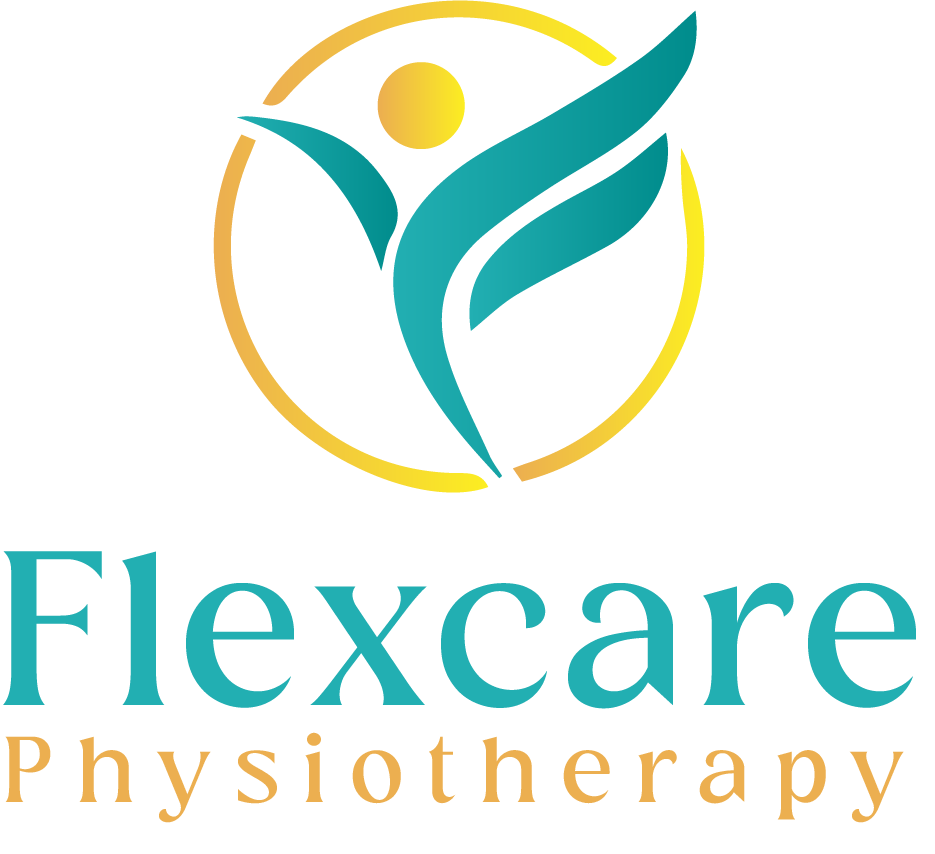Osteopathy is a hands-on, drug-free, and noninvasive therapy where practitioners focus on the musculoskeletal system to enhance overall health.
Osteopaths aim to positively influence the nervous, circulatory, and lymphatic systems by manipulating and strengthening joints, muscles, and the spine. This manual approach uses the hands for both diagnosis and treatment. Osteopathy treatment is a rapidly expanding healthcare field in the United States.

Osteopathy offers benefits for both the musculoskeletal system and other bodily functions. While many opt for osteopathic care for back pain, it also plays an important role in prevention.
Osteopathy can be a valuable treatment option for a diverse range of musculoskeletal and other health concerns, including arthritis, pain in the feet, ankles, hips, and knees, back pain, neck pain, and sciatica, hand, shoulder, and elbow pain, headaches, tennis and golfer’s elbow, postural problems related to pregnancy, sports injuries, driving, work strain, or digestive issues, and neuralgia.
The best osteopath in Airdrie is trained to recognize conditions that may require referral to other medical specialists, ensuring patients receive the most appropriate care.

Osteopathic treatment involves gentle manipulation of muscles and soft tissues, including stretching and massage. In cases of suspected serious conditions like a displaced disk, osteopathic physicians may recommend imaging and conventional treatment. Importantly, they can proactively identify potential sources of referred pain and offer preventive advice. This includes dietary and ergonomic adjustments, such as seating and desk setup.
Preventive guidance often involves stretching exercises, proper lifting techniques, posture improvement, breathing exercises, and stress reduction. These techniques enhance posture and reduce pain. Learning proper lifting and pre-exercise stretching can minimize injuries. Ultimately, lifestyle changes guided by osteopathic principles can significantly improve health, reduce long-term health risks and costs, leading to increased activity, less time away from work, and a greater enjoyment of a healthy life.
FAQs
- How does osteopathic treatment differ from other types of manual therapy, like chiropractic or physiotherapy?
While there can be overlaps, osteopathy has a distinct philosophy. Osteopathic physicians are trained to consider the whole body and the interconnectedness of its systems. Their assessment and treatment often involve a broader range of techniques addressing not just the spine or joints, but also the muscles, fascia, and visceral (organ) system to improve overall function. They also receive comprehensive medical training, similar to medical doctors (MDs) in many countries, allowing them to diagnose a wider range of conditions and understand when referral to other specialists is necessary. - What should I expect during an osteopathic treatment session?
A typical osteopathic session will begin with a thorough case history, where the osteopathic physician will ask about your symptoms, medical history, lifestyle, and any contributing factors. This will be followed by a physical examination, which may involve observing your posture, assessing your range of motion, and palpating (feeling) your muscles, joints, and tissues to identify areas of restriction, tension, or dysfunction. - Is osteopathic treatment safe?
Osteopathic treatment is generally considered safe when performed by a registered and qualified osteopathic physician. The techniques used are typically gentle and tailored to the individual patient. As with any healthcare treatment, there may be some temporary discomfort or mild soreness after a session, but this usually resolves within 24-48 hours. Your osteopathic physician will discuss any potential risks with you before treatment.

